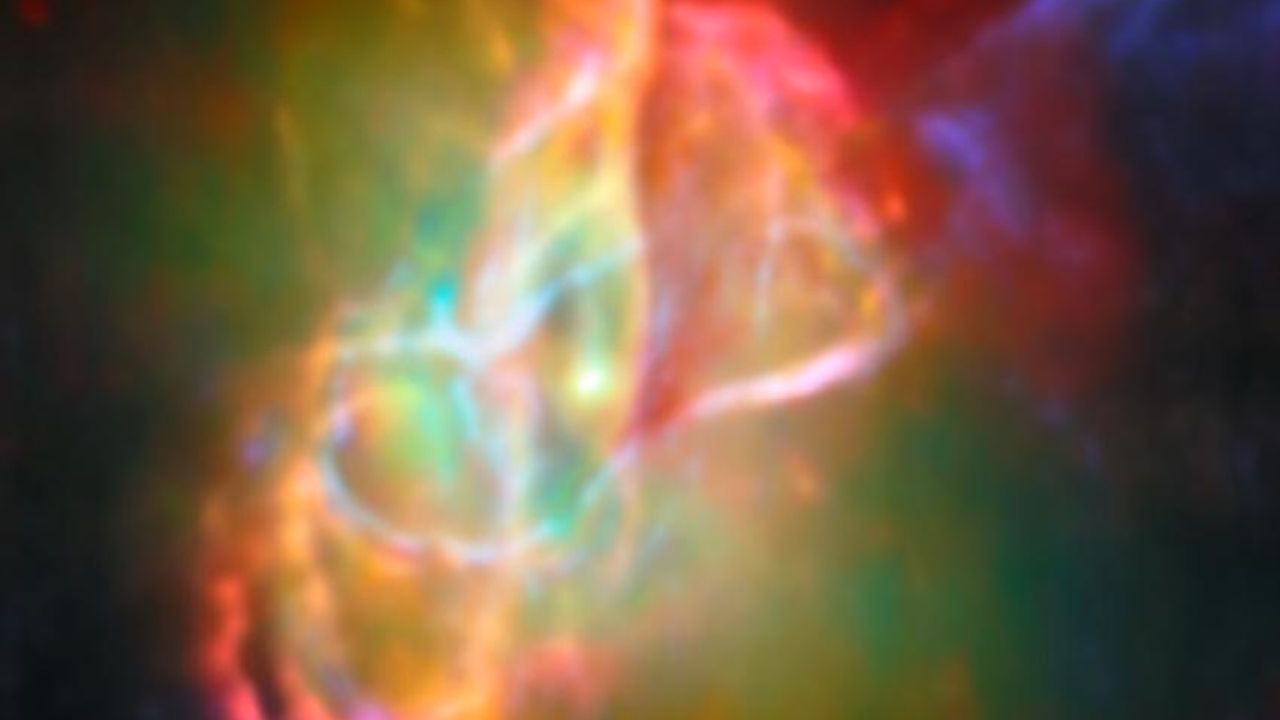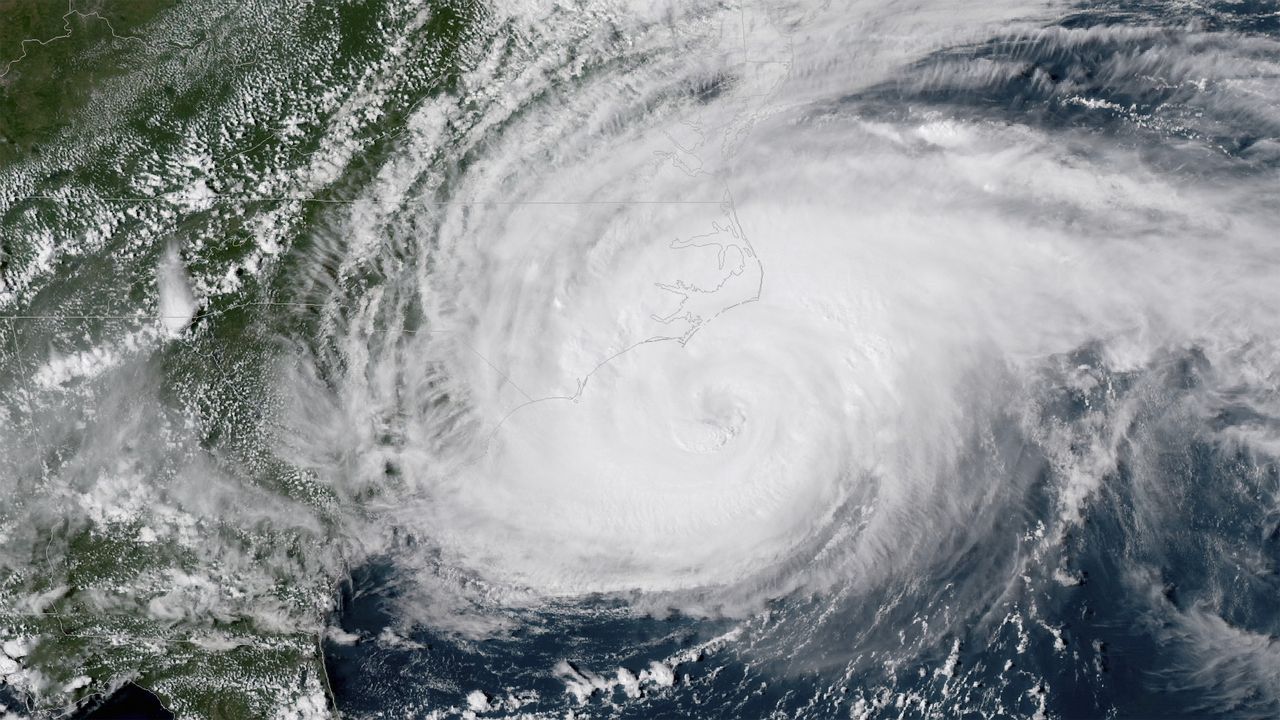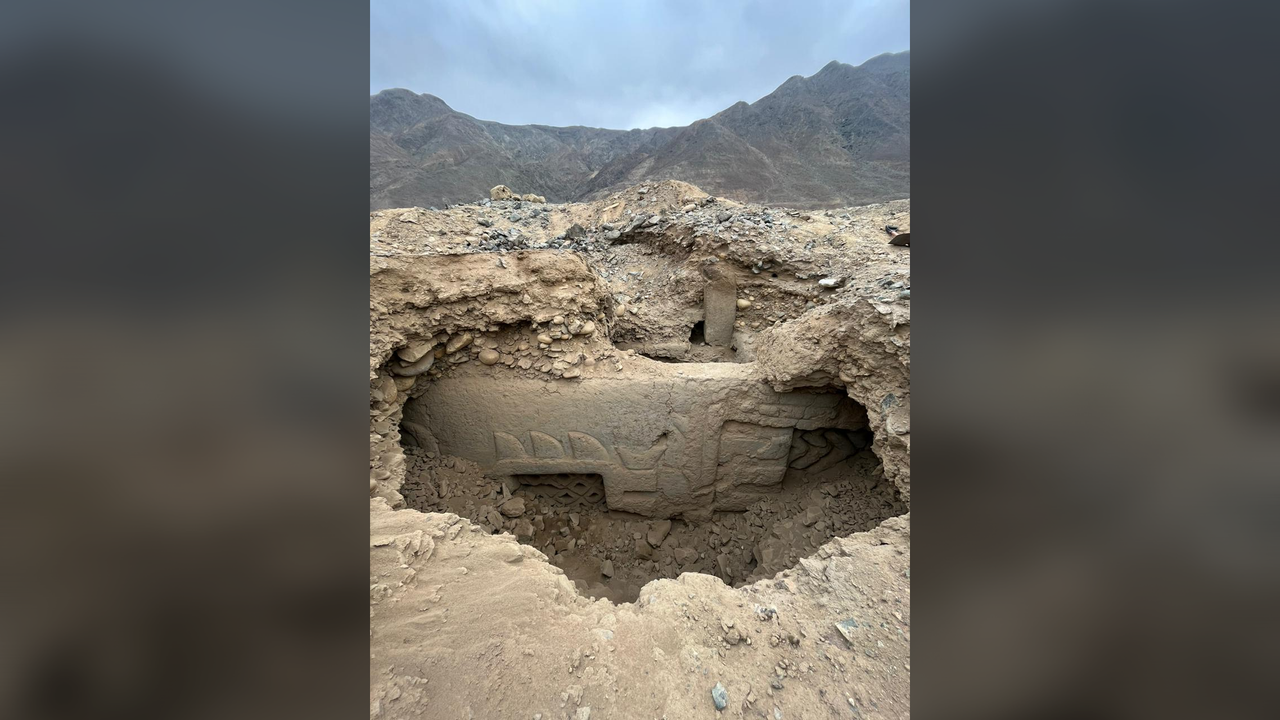Now Reading: James Webb Telescope Unveils Clues to Earth’s Origins in Stunning Butterfly Nebula View
-
01
James Webb Telescope Unveils Clues to Earth’s Origins in Stunning Butterfly Nebula View
James Webb Telescope Unveils Clues to Earth’s Origins in Stunning Butterfly Nebula View

Swift Summary
- Subject: The James Webb Space Telescope (JWST) has provided a new, detailed image of the Butterfly Nebula (NGC 6302), located 3,400 light-years from earth in the constellation Scorpius.
- Key Findings:
– The nebula is the result of a dying star shedding its outer layers as twin lobes of irradiated gas.
– The central star is a white dwarf with temperatures over 220,000 kelvins (~400,000°F).
– JWST observations have revealed previously hidden details:
– A clear outline of the central star.
– A swirling “doughnut” of dusty gas around it.
– Twin jets of energy being ejected into space.
- Scientific Significance:
– Finding highlights both calm zones where cool particles are formed and violent zones producing hotter materials.
– Components like quartz, iron, nickel, and organic molecules such as polycyclic aromatic hydrocarbons were detected.
- Earth Connection: These compounds may serve as precursors to rocky planets such as Earth by recycling stellar material back into space.
- Publication Date & Source: Research published on August 27 in the journal Monthly Notices of the Royal Astronomical Society.
!Butterfly Nebula
Image Credit: ESA/Webb, NASA & CSA.
!Various perspectives on Butterfly Nebula
Image Credit: ESA/Webb, NASA & CSA.
Indian Opinion Analysis
The revelations from JWST about the Butterfly nebula carry global scientific significance that extends to understanding Earth’s own origins. By uncovering how key planetary ingredients form and recycle through cosmic death processes like those seen in NGC 6302’s collapse and ejection phases, this research adds foundational knowledge for astrophysics globally.
For India’s growing astronomical community – especially projects like ISRO’s Aditya-L1 solar mission – it underlines how advanced space telescopes impact planetary science by observing phenomena unavailable within our atmosphere. Moreover, fostering domestic capacities for collaborative research with high-caliber international missions could inspire leadership roles in decoding fundamental cosmic mechanisms contributing to habitability across galaxies.




























